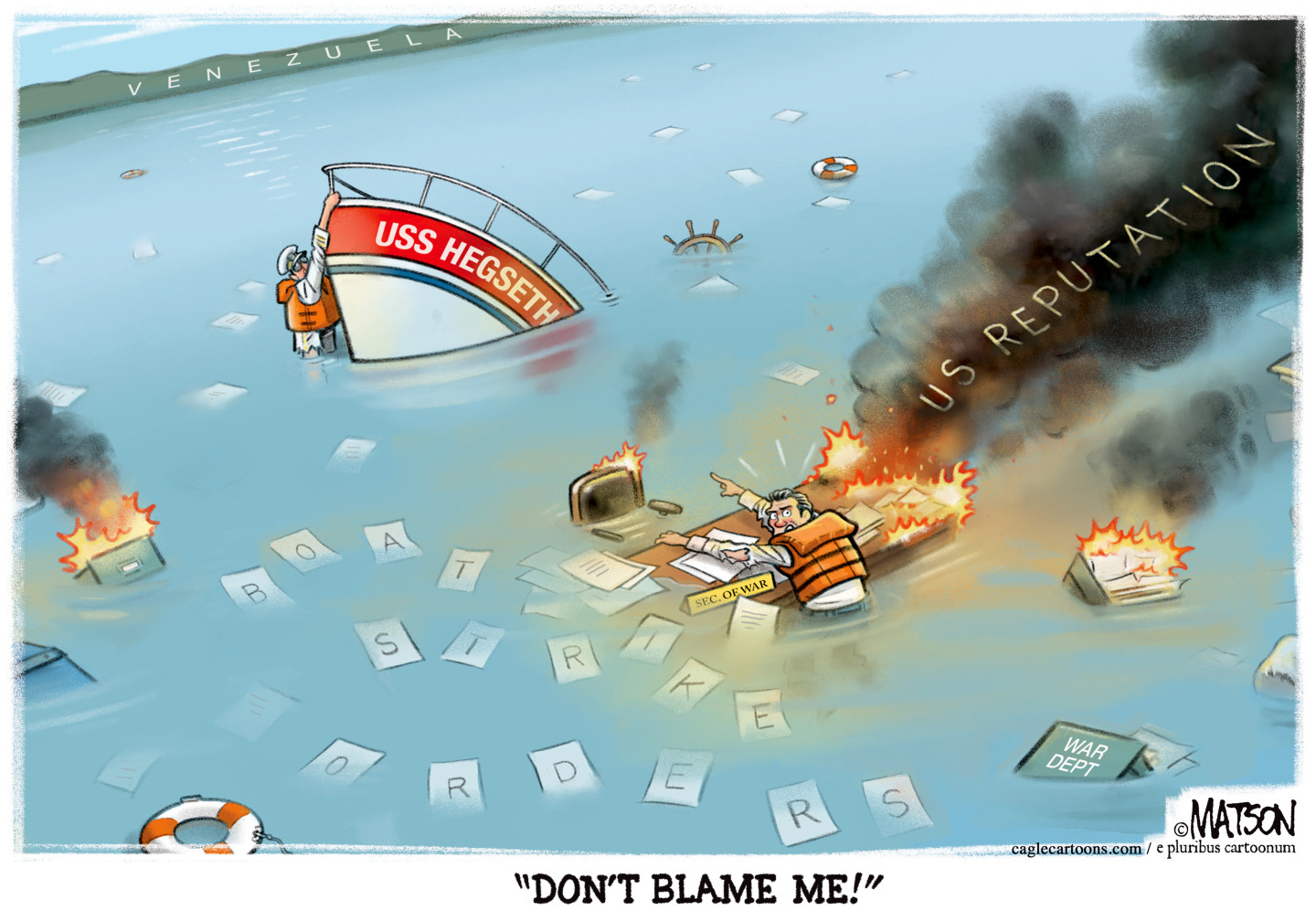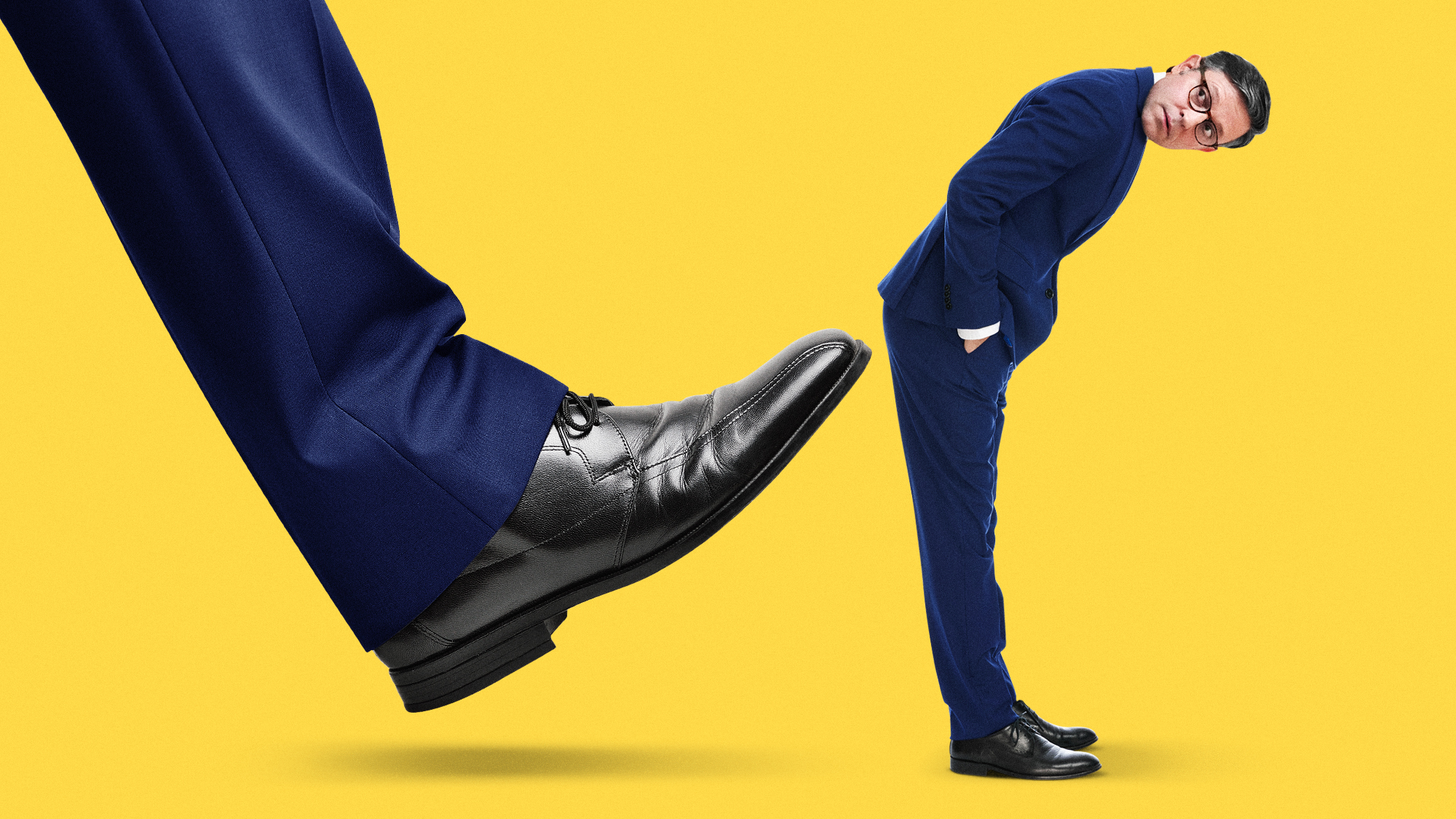American warriors in Fidel’s backyard
The Bush administration is housing prisoners taken in Afghanistan at the U.S. Naval Base at Guantanamo Bay, Cuba. Why does the U.S. have a military installation in a hostile country?
How was the base established?
The U.S. claimed Guantanamo as a result of another war triggered by an apparent act of terrorism—the Spanish-American War. On Feb. 15, 1898, the American battleship USS Maine blew up and sank in Havana harbor. A hawkish press blamed the attack on Spain, and the U.S. was catapulted into war. Four months after the Maine disaster, a U.S. battleship, the Marblehead, steamed into Guantanamo Bay to establish a base for U.S. forces and their local allies on Cuba’s eastern tip. The Marblehead blasted Spanish gun positions on the 30-foot cliffs overlooking the harbor, clearing the way for 646 Marines in whaling boats to storm the beach. Two Americans were killed in the fighting, but by the end of the day Guantanamo was in American hands.
What happened after the war?
The Week
Escape your echo chamber. Get the facts behind the news, plus analysis from multiple perspectives.

Sign up for The Week's Free Newsletters
From our morning news briefing to a weekly Good News Newsletter, get the best of The Week delivered directly to your inbox.
From our morning news briefing to a weekly Good News Newsletter, get the best of The Week delivered directly to your inbox.
In 1903, the U.S. leased 45 square miles surrounding the harbor from the new independent government of Cuba; the area is slightly smaller than the city of San Francisco. The contract allowed the Navy to establish a refueling base there. In 1934, the lease was revised to give the U.S. the right to permanently keep the Guantanamo Bay base, known to those stationed there as Gitmo. Under the 1934 agreement, the lease can only be terminated by mutual agreement, or if the U.S. simply abandons the property.
What is Gitmo like?
It is a swatch of small-town America planted at the far edge of Fidel Castro’s communist paradise, complete with a McDonald’s restaurant, an 18-hole golf course, a school, a grocery store, and a giant open-air movie screen. On the day the first prisoners arrived from Kandahar, The New York Times reported, the school cafeteria served fish sticks with a side of macaroni and cheese, and the cinema showed Domestic Disturbance, starring John Travolta. The last frontier of the Cold War, Gitmo safeguards its 1,500 Navy personnel and 1,500 civilians behind 17.5 miles of razor-wire fence and a forbidding no-man’s-land patrolled on both sides by armed guards. The U.S. once had 50,000 land mines in that zone, but in 1996 dug them up and replaced them with motion detectors.
How does Castro feel about it?
A free daily email with the biggest news stories of the day – and the best features from TheWeek.com
He doesn’t like it one bit. The Cuban president calls the U.S. base “a dagger plunged into the heart of Cuban soil.” But Cuba lacks the military might to do anything about it. In 1964 Castro tried to force the Americans out by shutting off the base’s water supply. The Navy simply began shipping in its own fresh water, then built a desalination plant that makes seawater safe to drink.
Why does the U.S. keep the base?
For the first half of the 20th century, U.S. governments saw Guantanamo as a way to preserve American influence in the Caribbean. In 1942, German U-boats and other enemy ships sank 257 ships in the Caribbean. President Franklin D. Roosevelt ordered the naval station be bulked up with an airstrip and more troops, and turned Guantanamo into the anchor of a chain of bases spanning the Caribbean. The ships steaming in and out of these fortified harbors made the sea lanes south of the U.S. mainland safe from attack by German U-boats. Only 22 vessels were sunk by the enemy in 1943, and just two in 1944.
What happened during the Cold War?
After Castro seized power in 1959, the U.S. prepared several times for his army to invade Guantanamo. The Navy outpost, expecting a retaliation, went on high alert after a group of Cuban exiles trained by the CIA was repelled at the Bay of Pigs. But Castro chose not to attack. The next year, during the Cuban Missile Crisis, tensions rose even higher. President John F. Kennedy sent reinforcements to the base, and ordered the families of Navy personnel back to the U.S. The men at the base sat at their antiaircraft guns and waited for Cuban planes. Again, nothing happened. After a six-week absence, the wives and children of the Guantanamo crew returned to the base, amid a big celebration. Perry Como showed up to sing, and Ed Sullivan staged the Christmas edition of his variety show there.
What purpose has it served recently?
Before Gitmo became a camp for al Qaida and Taliban prisoners, it was a temporary home for Haitian and Cuban refugees. Guantanamo is separated from Haiti by just 50 miles of ocean at the narrowest point of the Windward Passage. After Haiti’s president was overthrown in a military coup in 1991, thousands of Haitians escaped their homeland by boat. Rather than let the refugees reach Florida, the U.S. Coast Guard picked them up and took them to Guantanamo. Another wave left in 1994, and they, too, went to the base’s tent city. At the same time, thousands of Cubans began fleeing by raft and boat, and they were also picked up and sent to the Navy base. At one point, more than 50,000 refugees were living in tents and open-air shelters awaiting entry into the U.S.
How did that go over?
By one measure the refugee camp was a success. It spared Florida a flood of refugees that state officials warned would have been overwhelming to local schools, hospitals, and social-services agencies. But minor riots broke out at the crowded camp, and critics called the fenced-in facility a gulag. Refugees with AIDS were quarantined and kept in the camp for over a year, even after many were deemed legitimate political refugees. Only after extensive lobbying by activists in the U.S. were they released.
You can’t beat the rent
Every year, the U.S. dutifully sends a rent check for Guantanamo to the Cuban government. The 1903 lease, signed by President Theodore Roosevelt, established an annual payment equal in value to a pile of 2,000 small gold coins, worth about $4,000 today. Castro reportedly either sends the checks back or stashes them in a drawer, refusing to cash them. Journalists and diplomats say he occasionally pulls one out as a prop when he wants to rail against the U.S. for refusing to close the base and go home.
-
 5 criminally underrated cartoons about Pete Hegseth’s war crime
5 criminally underrated cartoons about Pete Hegseth’s war crimeCartoon Artists take on USS Hegseth, rats leaving the sinking ship, and more
-
 Can Mike Johnson keep his job?
Can Mike Johnson keep his job?Today's Big Question GOP women come after the House leader
-
 A postapocalyptic trip to Sin City, a peek inside Taylor Swift’s “Eras” tour, and an explicit hockey romance in December TV
A postapocalyptic trip to Sin City, a peek inside Taylor Swift’s “Eras” tour, and an explicit hockey romance in December TVthe week recommends This month’s new television releases include ‘Fallout,’ ‘Taylor Swift: The End Of An Era’ and ‘Heated Rivalry’